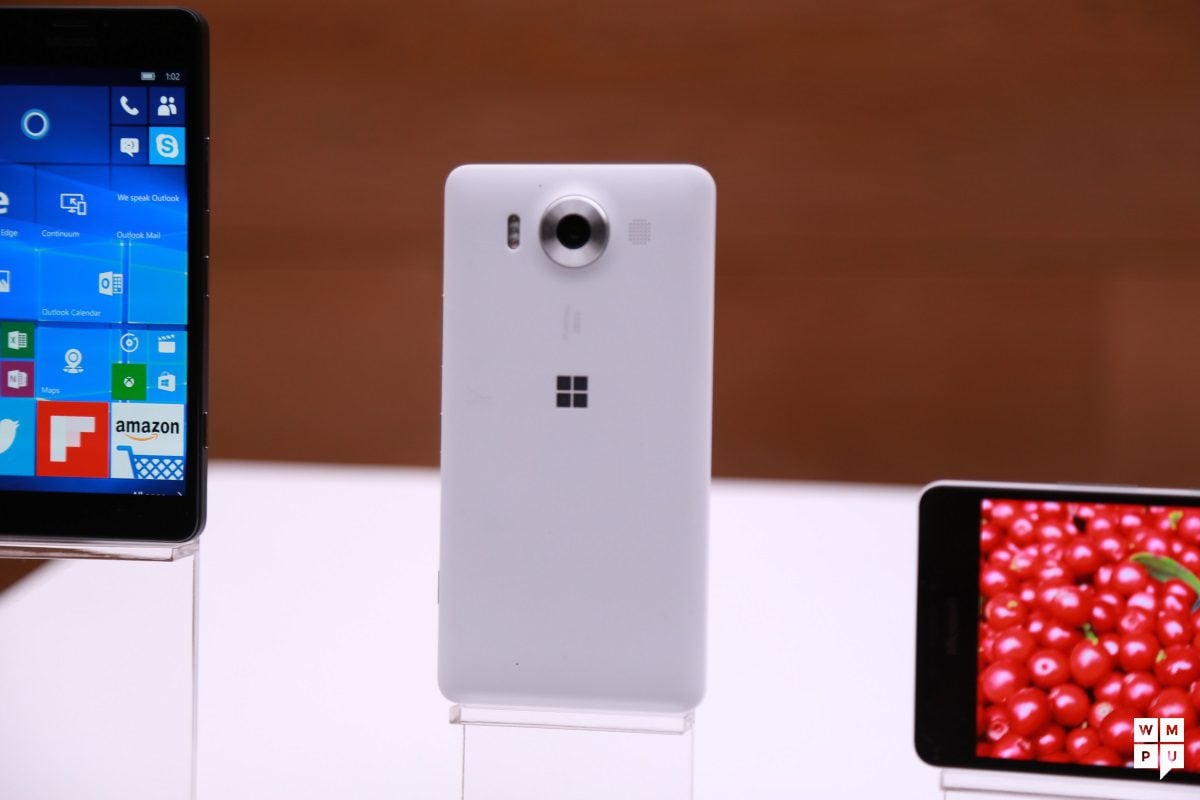The alluring fantasy of a Microsoft Android Phone
5 min. read
Updated on
Read our disclosure page to find out how can you help MSPoweruser sustain the editorial team Read more

If there’s one thing that Microsoft mobile fans want, it’s a phone from Microsoft. Without Windows phones, there are few options. The Galaxy Note 10 and other Samsung flagships are obvious choices for a Microsoft supported mobile in spirit. Yet, the desire is strong for a Microsoft Surface-like experience albeit with Android. It’s an alluring fantasy, but a fantasy nonetheless.
Microsoft’s previous mobile efforts have been met with disaster. Windows Mobile failed to take off, Windows Phone/Windows 10 Mobile died in the crib, and Windows RT was similarly unsuccessful. There’s a compelling school of thought that says, why doesn’t Microsoft do what others have. Why not adopt Android? Much like with its Surface Pro line, you’d be pairing powerful hardware with software that people actually want. You’d get Microsoft hardware and software support, along with access to Android and the Google Play Store (and the US government’s unlikely to rip it out of your hands as well post-purchase.) It seems like a no-brainer, but its a lot more complicated than that.
For Microsoft to be able to justify this thing (to users and bean counters both), it’s going to have to solve a unique problem that the market isn’t catering to at the moment. Microsoft’s brand alone is not enough to carry sales of a device. No, if Microsoft is releasing such a mobile phone, it would have to do so with a USP. A problem it intends to do solve that’ll draw a niche where it can build off on – else it’s just another Android Phone.
One route they could take is the camera. Aside from the reputation of Lumia, Microsoft was making cool camera apps like Blink and Qik even before the Nokia purchase. The firm could bring together a hardware package that threatened the dominance of manufacturers like Apple, Samsung and Google. The problem here is that the cameras would have to be significantly spectacular to move the needle. it could be a moonshot like the Nokia 9 Pureview, and proceed to drift aimlessly in space. Even if they managed to pull this off, there’s an issue I’ll get to later.
Microsoft could position its phone as a productivity powerhouse. This phone would ship with seamless integration with all of Microsoft’s software. You’d get your Cortana, your Office, Microsoft Launcher and all of that. Here there would be significant differentiation between Microsoft’s phones and any other Android phone. Sure, there may be some integration that’s cool, but it is hard to imagine the promise of built Microsoft integration exciting any but a few Microsoft fans. Even if it comes to that, Microsoft’s Android software they don’t share a common identity in the same way Google’s or Samsung’s or Huawei’s suite of apps do at the moment. Some like Outlook are visually distinct from Xbox are visually distinct from OneNote. It would look haphazard, something Microsoft can get away with as a third-party app developer but not as a prospective phone OEM.
There’s the issue of what software they’d install. Building an Android phone isn’t as easy as slapping Android on a device and calling it a day. Microsoft could ship a stock Android phone, but there’d be the question of whether it’d be any different from an Android phone with Microsoft apps already pre-installed.
On the other hand, the firm could pull a Samsung or Huawei and build a thoughtful version of Android that reflects its Surface brand. But there’d still be the question of why?
To double back to what I alluded to with the camera, there’s what we can call the Pixel Problem. While Microsoft’s Surfaces and Google’s Pixels are reviewed as amazing devices, they don’t sell very well compared to cheaper devices, nor do they push boundaries to the extent that say OnePlus or NEX are doing on mobile or something like ZenBook Pro Duo laptop when it comes to laptops. Microsoft could debut an excellent camera, and users would ooh and aah even as they buy Xiaomis with 108MP cameras and sparkling rainbow backs.
While Microsoft and Google could both reduce their prices to boost sales (and both kind of do with cheaper SKUs like the Pixel 3a and Surface Go), a reduction in price often implies a reduction in value in the premium market. If Microsoft intends to come to the mobile arena and face the Pixel problem, then there has to be some tangible gain that’ll outweigh the losses from pushing out a mobile device in this mature market. Microsoft’s software is already on Android phones, it doesn’t have its own app store on Android to generate revenue, nor does it have any media business of any note since gutting Groove. What would be the point?
In the end, the most interesting and safe way for Redmond to stay in mobile appears to be to continue doing what it’s already doing. Yes, Microsoft could build an excellent smartphone. But it has nothing to gain from it. Its software is already on every device and needs no prophet to announce it. Samsung, as well as a few other Android OEMs, already ship Microsoft’s apps as value adds on their own devices. The smartphone market is not one for the faint of heart, and if Microsoft’s already winning the game, there’s no need to make it harder.










User forum
0 messages